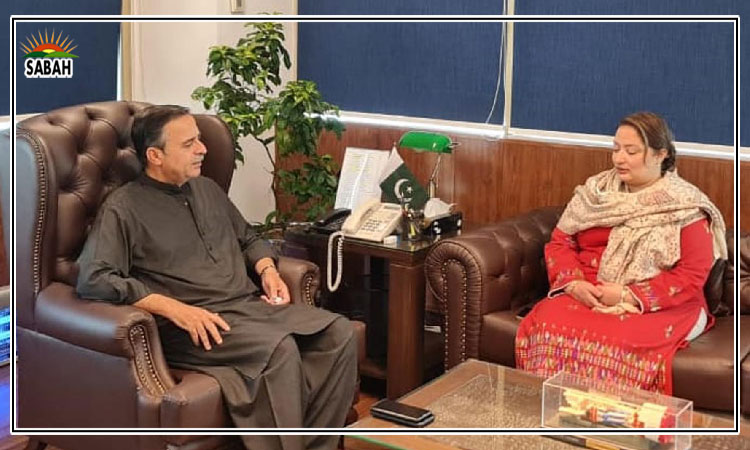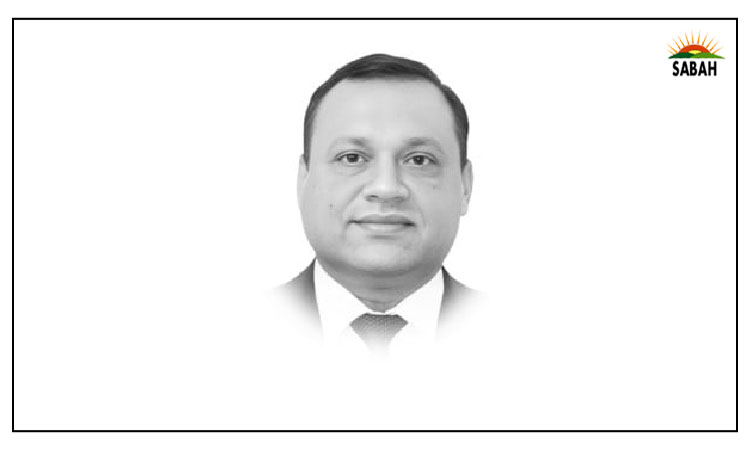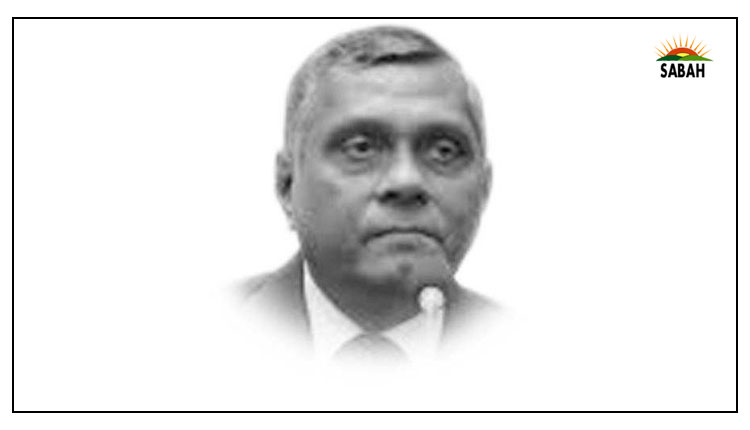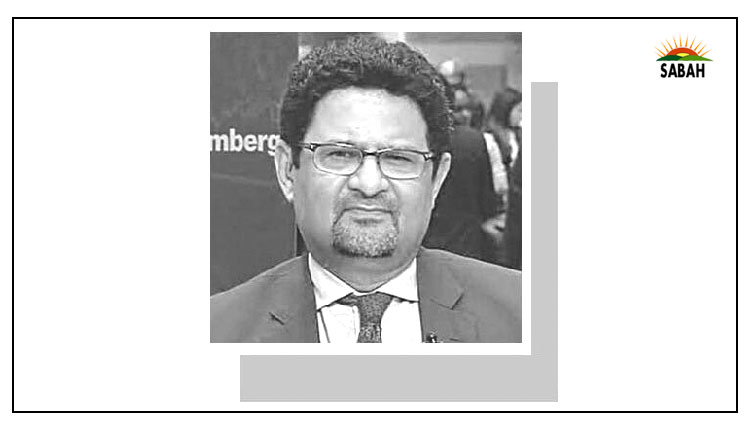Inflation and devaluation…Miftah Ismail
IN December 2023, consumer prices were 29.7 per cent higher compared to December a year earlier. Worse still, every month for more than a year our year-on-year inflation number has been above 20pc.
There was however positive news in the recent inflation data too. Prices in December rose by only 0.8pc over November, which was the second smallest monthly increase in a year.
And just like November 2023, the increase in prices was only due to the increased cost of gas and electricity in fact, food prices declined in December. The tight monetary policy being pursued by SBP has finally been able to wring the juice out of our economy and we are going to see inflation and interest rates come down.
Powered by KM
Modest Fashion – Winter Skincare – Vintage Fashion & 5 Nutrient-Dense FoodsNOW PLAYING
BasketBall Sport Skills FULL HD
Cylcing – Hit The Road And Get Back Outdoiors FULL HD
The Worlds Most Incredibel Dog FULL HD
But why does Pakistan have such persistently high inflation when inflation never went so high globally and has receded for months?
To understand, lets think of a simple economy with three sellers each selling a food packet and three buyers each given Rs100 by the government. It stands to reason that packets would sell for Rs100 each. Now if the price of these food packets abroad is one dollar, we will have an exchange rate of one dollar being equal to Rs100.
If the government had given each consumer Rs200 and we still had three food packets available, then the price for each food packet would have been Rs200. Again, since the international price of a food packet is one dollar, the rupee would have depreciated by 100pc and the new exchange parity would have been Rs200 to a dollar.
To reduce inflation we must reduce the budget deficit.
The only thing that changed in this economy was twice as much money chasing the same amount of goods, therefore doubling the price and depreciating the rupee. This is our difficulty. In the last few years, as our budget deficit has ballooned, to pay for the deficit we have printed more and more money and as more rupees are chasing the same amount of goods, we have experienced persistently high inflation and rapid devaluation.
In five-and-a-half years since the start of fiscal year 2018, our money supply has increased by over 100pc, with the fastest increase coming in the six-monthly period between January and June of last year, with February to May showing the four highest monthly inflation numbers in our history. Since then the rapid growth in money supply has declined and we are witnessing inflation tapering down.
The two main ways money supply increases are when the private sector borrows from banks or when the government borrows to finance its budget deficit. Since our private sector borrowing is decreasing, this means the money supply is increasing primarily to finance the budget deficit. This has caused inflation; it is to contain this inflation that SBP has been raising interest rates.
Some argue that this model doesnt apply to Pakistan or that ours is a cost-push inflation and hence the SBP shouldnt have raised interest rates. However, if interest rates are much below inflation, people will not save and borrow just to park money in land, gold or foreign currency. Central banks raise interest rates to constrain aggregate demand and borrowing. This the SBP has successfully done in the case of our private sector.
But unfortunately our government, in the face of higher interest rates leading to higher debt service payments, has not been able to cut the deficit. Instead it has borrowed more, causing the money supply to increase. This has led to the persistence of our inflation.
In our simple economy with three consumers and three food packets, we saw that when money doubled, so did prices. But if the number of food packets had also doubled when the money supply doubled, prices wouldnt have increased. This means that if our economy had been able to increase the output of goods and services as money supply rose, we wouldnt have seen inflation.
Pakistan is not unique in running a budget deficit or increasing money supply. But we stand out in our almost total failure to use our government spending to increase worker productivity or the economys productive capacity.
Economists argue that national income (or output) grows when labour or capital grows or primarily when there is technical progress ie increases in education, skills and technological know-how. But this has never been a priority for us. In a country where 58pc of kids under five are either stunted or wasted and where 78pc of 10-year-old kids cannot properly read, such improvement in productivity remains a pipe dream.
So the anaemic economic growth we have had over the last two decades is due primarily to the increase in our labour force and a little increase in capital and not because of any improvement in skills or knowledge.
Going back to our simple economy one last time, with food packets each priced at Rs200 and the international price of food packets being one dollar, each dollar should be for Rs200. Now, if our government decides to sell dollars for Rs150, it would mean that no food packet could be exported from Pakistan and traders would turn to importing food packets.
This has happened to Pakistan too, when various governments, to keep current prices low and voters happy, sacrificed exports and manufacturing and gave rise to huge current account deficits. (This is not to say that we should not stop smuggling or hawala. But SBP should not be selling dollars in the interbank market to keep the rupee at some predetermined value).
There are no magic solutions to our economic problems. We are a poor and uneducated country and will remain poor until we remain uneducated. However, to reduce inflation we must reduce the budget deficit. At the same time to achieve growth, we must invest in our people and increase their productivity and the countrys productive capacity. Finally, it is important to keep a flexible, market-driven exchange rate so our exports can increase.
Deviations from rational economic policymaking will perhaps get us short-term relief, but as has always been the case, it will cause long-term damage.
Courtesy Dawn












